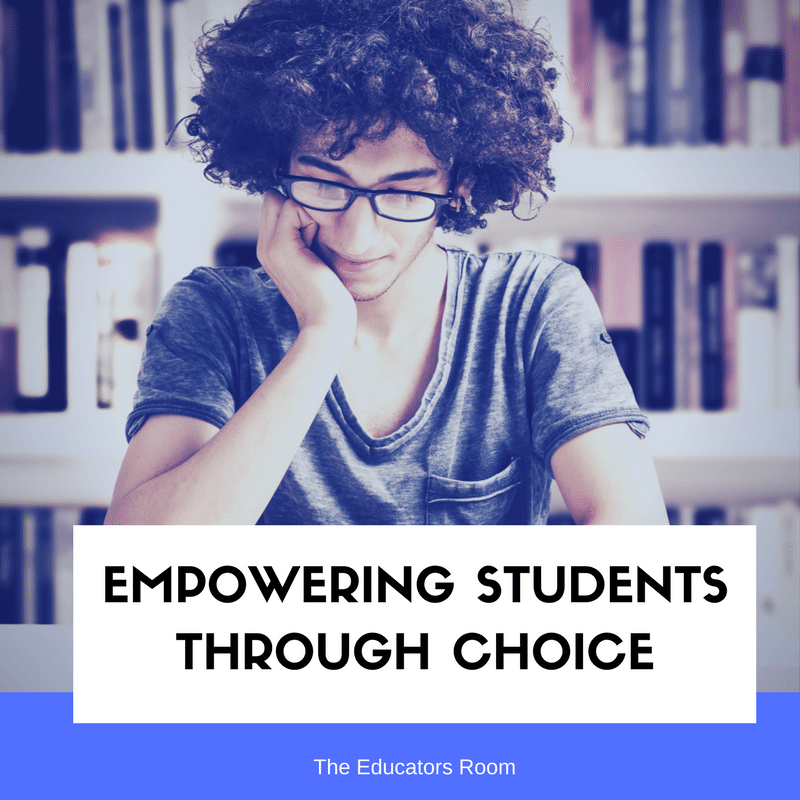Last month, I wrote an article about how lack of creativity for teachers can hinder both progress and respect. The same thing can be said for our students: a lack of creativity can hinder progress, respect, and self-efficacy. Allowing more choice for our students can empower them while also promoting creativity.
Scripted and finite curricula seem to be popular nowadays among brick-and-mortar schools and especially in online education. Lately, there seems to be limited room for creativity for both teachers and students. Despite some of these perceived limitations, there are ways that a seemingly finite curriculum can be modified to give students more options.
[bctt tweet=”a lack of creativity can hinder progress, respect, and self-efficacy” username=”EducatorsRoom”]
Creating choices that are compliant with the Common Core
Various skill sets identified, in the Common Core Curriculum, align to lectures, lessons, assignments and assessments in a course. It is a good idea to familiarize yourself with the Common Core standards and how they align to the various assignments in the courses you teach.
Try to come up with a few options that still meet the standards, when looking at adapting certain assignments. For instance, students may want to create a poster or a didactic presentation instead of a PowerPoint presentation, or you might try having a student write a poem that mimics certain literary devices rather than simply defining those literary devices.
One way that I implement choice in the college classroom is by allowing students to choose their writing topics. For example, students may need to write a literary analysis on a piece of their choosing, or they might write an argumentative essay about a topic that they are passionate about.
When too many choices get overwhelming…
An Education World article by Max Fischer “Choice — The Ultimate Tool for Engaging and Empowering Students” brings up a valid point that some students can be overwhelmed by too many choices. I can attest to this, especially in my college classrooms, where I regularly incorporate choice into the curriculum; students who are not used to this type of method sometimes experience anxiety. Fischer asserts that to help combat this, he sets aside time in a computer lab and one-on-one time with each of his students, to refine and reflect upon their projects or assignments. Fischer has found this method helpful, especially for extended projects.
[bctt tweet=”Choice in the classroom creates an environment where the teacher acts as a coach ” username=”EducatorsRoom”]
Implementing choice can make us better teachers
While in college and graduate school, we learn that our students all have different strengths and weaknesses, and we are taught to differentiate instruction to reach all of our students and their various strengths. Choice in the classroom creates an environment where the teacher acts as a coach and a facilitator of that learning environment, allowing for students to reach their full potential.
We, as teachers, know that we are most successful when we develop rapport and when we are in tune to our students’ needs, concerns, and ideas. Giving students more choices can help us be better teachers and empowers students by incorporating and including them in their own learning.





